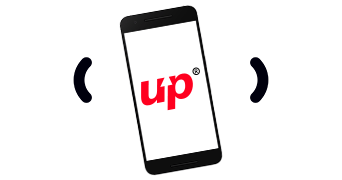In a breakdown of its monetization guidelines published in May, YouTube offered more transparency into which videos can run ads and which can’t, including pranks and videos that fall under hateful content.
YouTube will allow advertisements to run on news videos on topics such as homophobia, on “artistic content” such as music videos that use “sensitive terminology in a non-hateful manner.
YouTube’s executive team decided that the comments did not break rules that would require the videos to be taken down, but Crowder lost his ability to monetize his channel
YouTube has since instituted a series of changes to its guidelines on content and advertising. Crowder ‘s comments are not only prohibited by the new content guidelines of YouTube but are also clearly included in the “advertising ineligible” section outlined in YouTube’s Monetary Guide.
The more detailed guidelines are aimed at helping creators “to more clearly understand the types of content that advertisers may not want to appear against,” YouTube writes. Creators often get confused about why they can’t run ads on certain videos that they think are advertiser-friendly, creating a back-and-forth between YouTube and the community. The detailed list appears as yet another attempt to be more transparent in YouTube’s quest.
Confusion also arose when YouTubers can run ads on videos about sensitive topics, especially news stories. Sensitive topics span subjects for YouTube, including wars, suicides, and terrorist attacks. Many videos that concentrate on a controversial topic are disqualified for ads, but often news outlets and networks that Google considers to be news sources are excluded.
Also Read: How to Patent an Idea in India?
YouTube also claims that “fleeting references” too sensitive issues created by artists of videos are okay — for example, a video that refers to a sensitive subject but is not the focal point is generally appropriate for adverts.
The guidelines on YouTube also state that “an event must be relatively recent if it is to be considered a sensitive event like the New Zealand Mosque Shooting.”
Many of the marketing requirements listed are very clear. Sexually explicit videos, anything with heavy profanity, and content glorifying dangerous acts including pranks that could lead to death are not permitted to run ads. Pornography, for example, is not permitted on YouTube and is also listed as an advertising ineligible type of content.
Conclusion:
Some of the content that is described as ineligible for advertising is often barred by the company’s content guidelines from YouTube — meaning creators cannot upload the video in general, let alone monetize the content.











